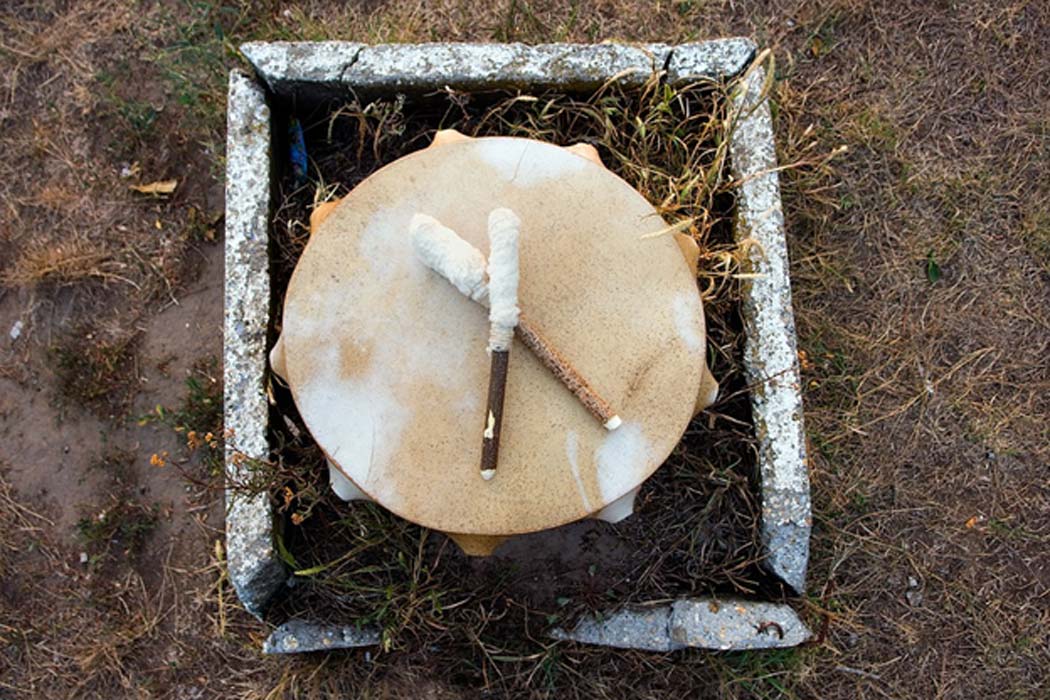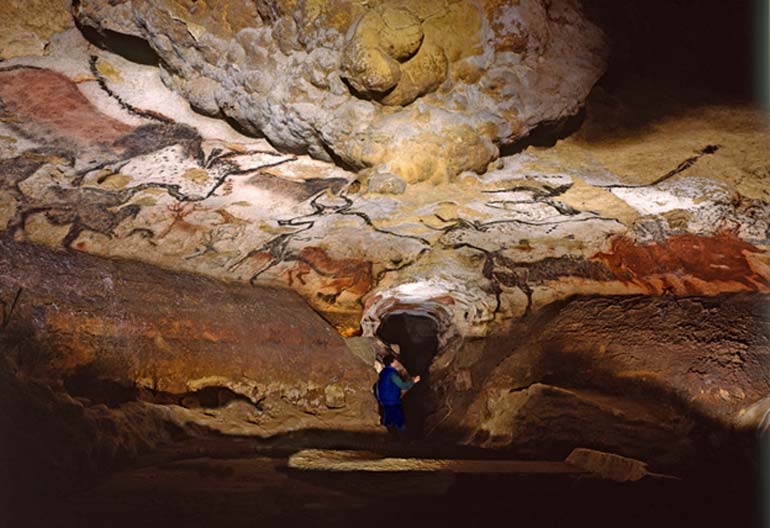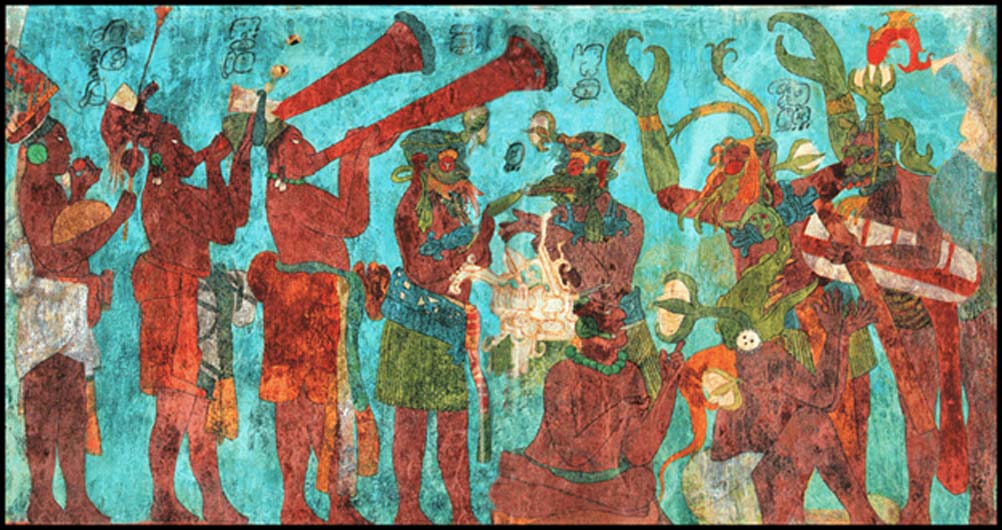
Music, Math, Megaliths and the Dawn of Humanity
"Musick hath Charms to sooth a savage Breast, To soften Rocks, or bend a knotted Oak.
I've read, that things inanimate have mov'd, and, as with living Souls, have been inform'd, by Magick Numbers and persuasive Sound."
(William Congreve in The Mourning Bride: 1697.)
"Give me the beat, boys, and free my soul
I wanna get lost in your rock and roll and drift away."
(Mentor R. Williams in Drift Away: 1972.)
These two quotations, the first written by a British playwright, the second from a hit song made popular in the 1970s by artists such as Roy Orbison, Ike and Tina Turner, Waylon Jennings, the Rolling Stones, Ringo Starr, Bruce Springsteen and Tom Rush, are an apt description of a shamanic experience that may very well have shaped our ancient origins. Perhaps they even reveal a long-lost technology used in the construction of many of the mysterious monoliths found on virtually every continent on earth. They remind us that music is vibration, as well as being a very spiritual enterprise.

Great Hall of the Bulls, 15000–13000 BC, Paleolithic rock painting, Lascaux, France ©Ministère de la Culture et de la Communication
Cave Acoustics
Deep within the great caves our ancestors frequented 40,000 years ago in western Europe, archaeologists have found chamber after chamber displaying murals that, for sheer audacity and ingenuity, rival anything attempted during art's classical period. If we factor in degree of difficulty, there is no comparison. Thousands of such caves exist. Pech Merle, Lascaux, Chauvet and Altimra, some of the best known, display ancient paintings which reveal the first examples of what is now called symbolic thought - religious expression. These examples of Paleolithic art date back to between 20,000 and 40,000 years. If recent discoveries from Indonesia continue to hold up to close scrutiny, our Neanderthal cousins, and probably their Denisovan neighbors, were creating similar art as far back as 64,000 years ago!
But not every cave contains such art, and even the painted galleries often stand right next to empty chambers that were obviously passed over for some reason. Why did the artists choose some locations and not others? In a word: music. The chambers that feature the art have been shown to possess wonderful acoustical properties. In other words, they echo. To sing and dance in such a place is to surround yourself with sound that is both deep and rich. A single drummer sounds like an ensemble. A few singers sound like a chorus.

A wall painting dating from circa 775 AD found at the Bonampak ceremonial complex file of musicians: rattle and ocarina; trumpets; and theatrical scene (Public Domain)
Thus, it appears that music and spirituality have been intertwined for as long as there have been visionaries and artists. It is no accident that when people of today worship in styles as far removed from each other as high liturgical masses in great cathedrals to Appalachian snake handlers in small churches way up in the mountain valleys, a common denominator is music.




